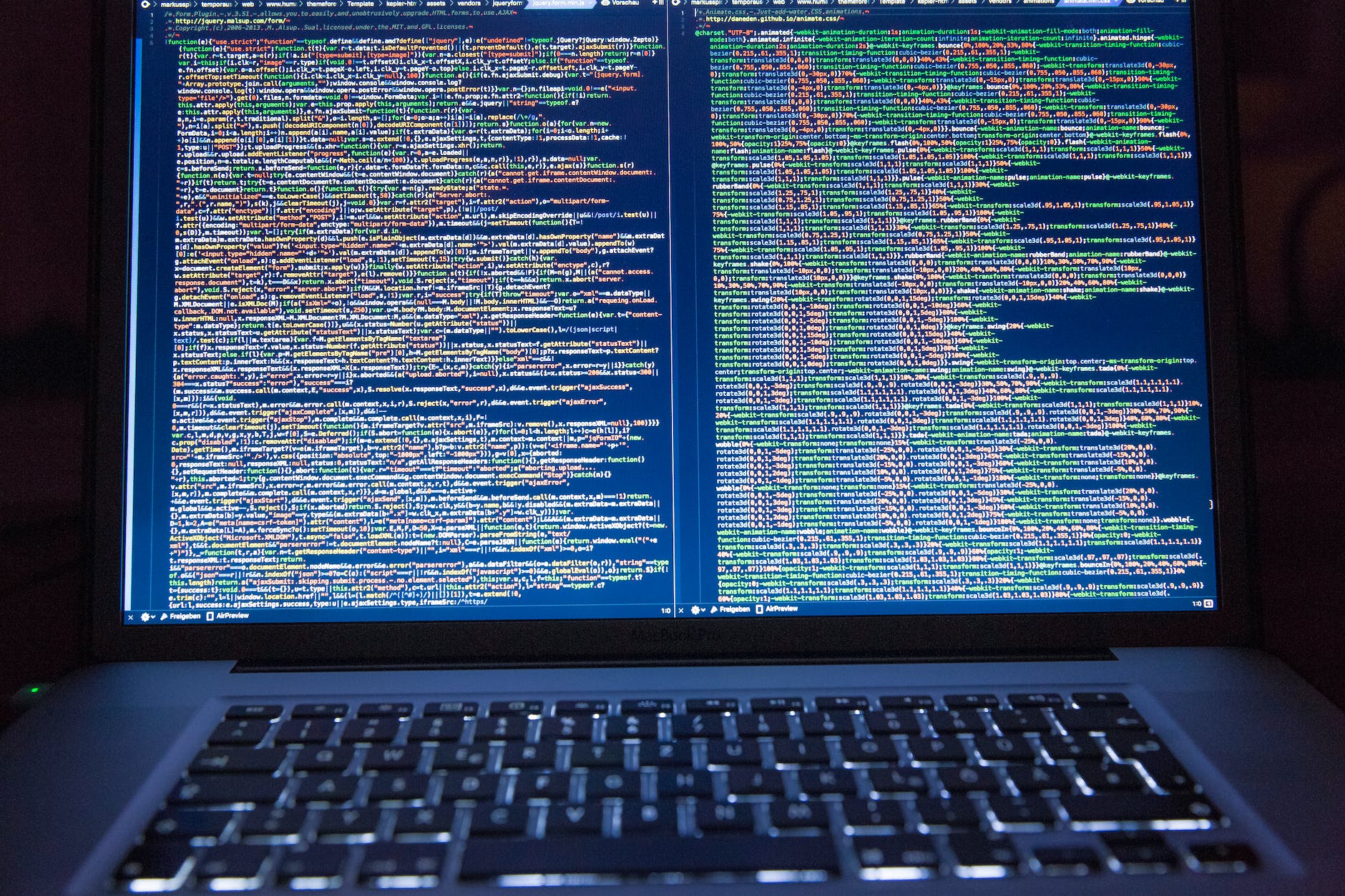 technology advances and artificial intelligence (AI) becomes increasingly sophisticated, concerns arise regarding its potential implications for data security. This article explores the emergence of AI as a potential “thief” in the realm of data, examining the risks, challenges, and ethical considerations associated with AI-powered attacks. By delving into the complex interplay between AI and data security, we aim to shed light on the evolving landscape of cybersecurity in the face of this formidable new adversary.
technology advances and artificial intelligence (AI) becomes increasingly sophisticated, concerns arise regarding its potential implications for data security. This article explores the emergence of AI as a potential “thief” in the realm of data, examining the risks, challenges, and ethical considerations associated with AI-powered attacks. By delving into the complex interplay between AI and data security, we aim to shed light on the evolving landscape of cybersecurity in the face of this formidable new adversary.
The Rise of AI and Data Security Vulnerabilities
Artificial intelligence has revolutionized numerous industries, offering unprecedented capabilities in data processing, analysis, and decision-making. However, the same AI technologies that enhance productivity and innovation also present new opportunities for malicious actors. As AI algorithms become more advanced, their potential for exploiting data security vulnerabilities increases.

AI-powered attacks can take various forms, including intelligent malware, automated phishing campaigns, and advanced social engineering techniques. These attacks leverage the power of machine learning algorithms to identify patterns, exploit weaknesses, and adapt to defensive measures, posing significant challenges for traditional security systems.
One of the key factors contributing to the vulnerability of data security is the sheer volume of data available. The proliferation of connected devices, the growth of the Internet of Things (IoT), and the exponential increase in data generation provide ample opportunities for AI-driven attacks to identify and exploit valuable information.
The AI Advantage: Speed, Scale, and Sophistication
AI-powered attacks possess unique advantages that make them particularly potent threats in the realm of data security. Firstly, AI algorithms enable attackers to analyze massive datasets at incredible speeds, allowing for rapid identification of vulnerabilities and targeted exploitation. This speed and efficiency give them an edge over traditional human-driven attacks.

Secondly, AI-powered attacks can operate at an unprecedented scale. By leveraging automation and autonomous decision-making capabilities, malicious actors can orchestrate large-scale attacks simultaneously, targeting multiple organizations or individuals. This scalability amplifies the potential impact and complexity of AI-driven data breaches.
Lastly, the sophistication of AI algorithms enables attackers to constantly adapt and evolve their tactics. AI-driven attacks can learn from past experiences, self-improve, and devise new strategies to bypass security measures. This adaptive nature poses significant challenges for defense systems that rely on static rules and signature-based detection methods.
Ethical Considerations and Regulatory Frameworks
As AI evolves and becomes more embedded in our daily lives, ethical considerations surrounding its use in data security become paramount. The potential for AI-powered attacks raises concerns about privacy, consent, and the responsible use of AI technologies. Striking a balance between innovation and safeguarding personal and sensitive data is crucial in shaping the future of AI-driven security.

To address these concerns, regulatory frameworks and industry standards are emerging to govern the use of AI in data security. Organizations and policymakers are recognizing the need for transparent, accountable, and ethical AI practices. Efforts are being made to establish guidelines for AI development, deployment, and oversight to mitigate the risks associated with AI-powered attacks.
Collaboration between stakeholders, including governments, industry leaders, and cybersecurity experts, is essential in establishing robust regulatory frameworks. This collaboration should foster information sharing, encourage responsible AI development, and promote proactive defense strategies to stay ahead of AI-driven threats.
Building Resilient AI-Powered Defenses
As AI continues to evolve, harnessing its potential to counter AI-driven attacks becomes imperative. The development of AI-powered defense systems can help organizations detect and respond to emerging threats in real-time. By leveraging AI algorithms for threat detection, anomaly analysis, and behavioral monitoring, cybersecurity defenses can evolve to match the sophistication of AI-driven attacks.
Investing in AI research and development is crucial for building resilient defenses. Collaboration between AI experts and cybersecurity professionals can lead to innovative solutions that proactively identify and mitigate AI-driven threats. Additionally, ongoing training and education are essential to empower cybersecurity professionals to keep pace with the evolving landscape of AI-driven attacks.
However, it is important to strike a delicate balance between utilizing AI for defense and mitigating the potential risks of AI-powered attacks. Responsible AI deployment requires careful consideration of ethical implications, potential biases, and unintended consequences. Ensuring transparency, accountability, and adherence to ethical guidelines should be integral to the development and deployment of AI-powered defense systems.
The rise of artificial intelligence presents both opportunities and challenges in the realm of data security. While AI has the potential to revolutionize cybersecurity, it also introduces new vulnerabilities and risks. By understanding the capabilities and complexities of AI-powered attacks, prioritizing ethical considerations, and investing in resilient defense mechanisms, we can mitigate the threats posed by AI as the next big thief in data. Proactive collaboration, robust regulatory frameworks, and ongoing research and development are key to staying ahead in this ever-evolving landscape of AI-driven data security.
Avid Writer with invaluable knowledge of Humanity!
Upcoming historian with over 30 million views online.
“You make your own life.”





